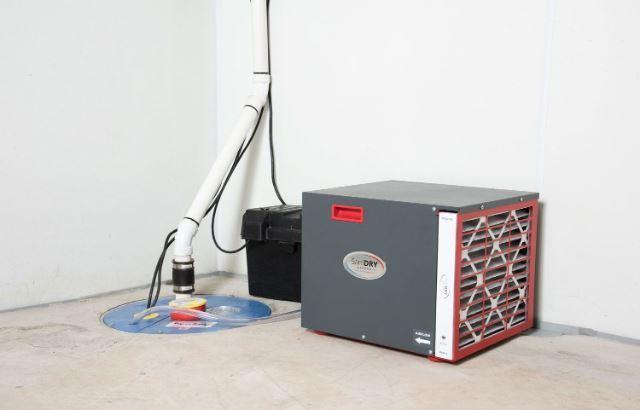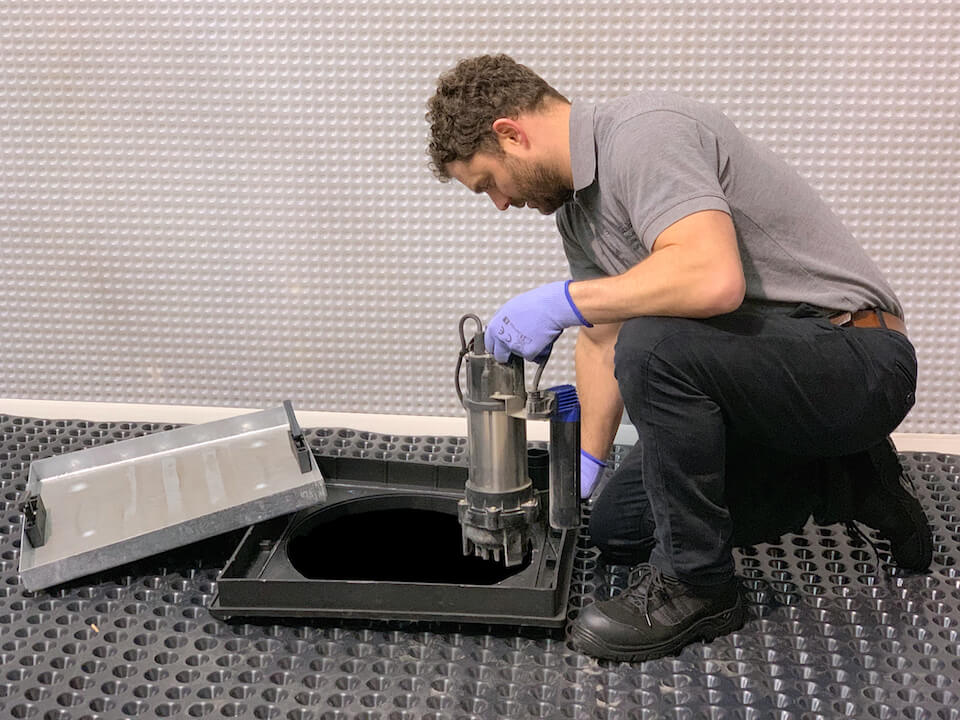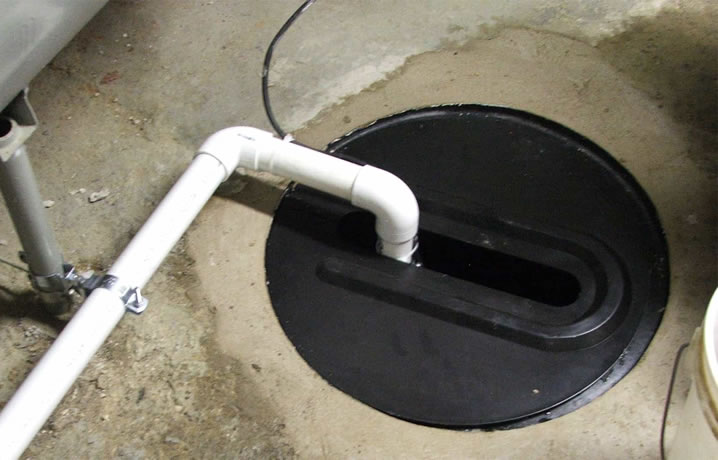Right here on the next paragraphs you can locate a bunch of superb information and facts about Steps to Cleaning Your Sump Pump Properly.

Sump pumps are essential parts in numerous homes, particularly in locations vulnerable to flooding or excessive moisture. They assist protect against water damages by efficiently getting rid of excess water from basements or crawl spaces. However, like any other device, sump pumps need normal upkeep to ensure they work efficiently when needed the most. Cleaning your sump pump is a crucial part of its maintenance, and understanding just how to do it appropriately can save you from costly repair services and possible disasters.
Introduction
Preserving a clean sump pump is important for its appropriate performance and durability. Overlooking this crucial job can cause blockages, breakdowns, and eventually, water damage to your property. Therefore, discovering how to cleanse a sump pump is important for property owners that rely upon these gadgets to maintain their cellars completely dry and protected.
Signs of a Dirty Sump Pump
Understanding when your sump pump requires cleaning is important for stopping prospective malfunctions. Some common indications that suggest a dirty sump pump consist of strange sounds throughout operation, lowered water flow, and visible debris in the pit. If you see any of these signs and symptoms, it's vital to cleanse your sump pump without delay to stay clear of any type of further issues.
Planning for Cleaning
Prior to you start cleansing your sump pump, it's vital to take some security preventative measures. Start by shutting down the power to the pump to avoid any type of electric crashes. Additionally, use ideal safety equipment, such as handwear covers and goggles, to secure on your own from dirt, particles, and potential pathogens.
Understanding the Sump Pump
Prior to diving into the cleansing process, it's important to have a fundamental understanding of how a sump pump functions. Generally installed in a pit or basin listed below the basement flooring, a sump pump includes a number of key elements, including a pump, a float switch, and a discharge pipe. When water accumulates in the pit, the float switch triggers the pump, which after that pumps the water out with the discharge pipeline, away from the building's structure.
Step-by-step Overview to Cleaning Up a Sump Pump
Turning off the Power
Begin by separating the power supply to the sump pump to prevent any mishaps while cleansing.
Looking For Appropriate Performance
Prior to re-installing the pump, do a fast examination to guarantee that the float switch triggers the pump properly. Put some water into the sump pit and observe the pump's procedure. If everything is operating properly, you can rebuild the pump and reconnect the power supply.
Getting Rid Of Debris and Dirt
Use a bucket or a scoop to get rid of any type of visible particles, dirt, or debris from the sump pit. Dispose of the debris effectively to avoid it from clogging the pump or the discharge pipe.
Cleaning the Pump and Float Switch Over
When the pit is free from debris, carefully get rid of the pump from the pit. Examine the pump and the float switch for any kind of signs of damage or wear. Make use of a soft brush or towel to clean the surfaces and eliminate any kind of accumulated gunk.
Flushing the System
After cleaning the pump and float button, purge the sump pit with tidy water to eliminate any type of continuing to be dust or sediment. This will aid ensure that the pump runs efficiently and effectively.
Upkeep Tips to Maintain Your Sump Pump Clean
In addition to routine cleaning, there are a number of maintenance pointers you can comply with to keep your sump pump in ideal condition:
- Routine Assessment: Check your sump pump routinely for any kind of indications of wear, damage, or blockages.
- Maintaining the Surrounding Location Clean: Guarantee that the area around the sump pit is devoid of debris, dirt, and blockages.
- Testing the Pump Regularly: Examine your sump pump regularly by pouring water into the pit and observing its operation. This will certainly aid you recognize any potential issues prior to they rise.
Final thought
Cleaning your sump pump is an important facet of its maintenance and makes certain that it operates efficiently when you require it one of the most. By following the actions laid out in this overview and including regular maintenance right into your routine, you can expand the lifespan of your sump pump and shield your home from water damage.
How To Clean a Sump Pump
Prepare The Materials
- Plastic sheet or tarp
- Garden hose
- Scraping tool (putty knife or plastic scraper)
- Large bucket
- Wet/dry vacuum
Remove the Sump Pump from the Power Supply
Unplug the sump pump from the power outlet or turn off the circuit breaker. Don’t skip this step, as it is crucial for your safety.
Cut Off Any Water Source
Lock all systems that drain into the sump pit, and inform everyone not to use them. Doing this step will prevent water from flowing into the pit while you’re cleaning.
Wrap the Bottom of the Pump
Place the pump in an area where you can clean it from all sides. Wrap the bottom portion of the sump pump with plastic tarp/sheeting for easier cleanup.
Clean the Pump
Sprinkle water onto the pump using a garden hose to loosen the debris. Ensure to spray all sides and openings. Remove any hard-stuck gunk with a scraping tool.
Rinse the Pump
Splash water again onto the pump using the garden hose. Doing so will flush down any remaining debris and gunk.
Drain the Check Valve
The check valve is a component of the sump pump that helps drain water and prevents it from flowing back. Open the valve and ensure to catch the drained liquid with a bucket.
Remove Excess Water With a Wet/Dry Vacuum
Use a shop vac to remove all the remaining water in the pump. Besides your device, the wet/dry vacuum can also help clear spills in the area where you cleaned the device.

Do you really like more info about Steps to Cleaning Your Sump Pump Properly? Try leaving feedback directly below. We would be glad to hear your opinion about this page. We hope that you visit us again in the future. Those who enjoyed reading our post kindly do not forget to pass it around. Thank you for going through it.
Book Your Service

